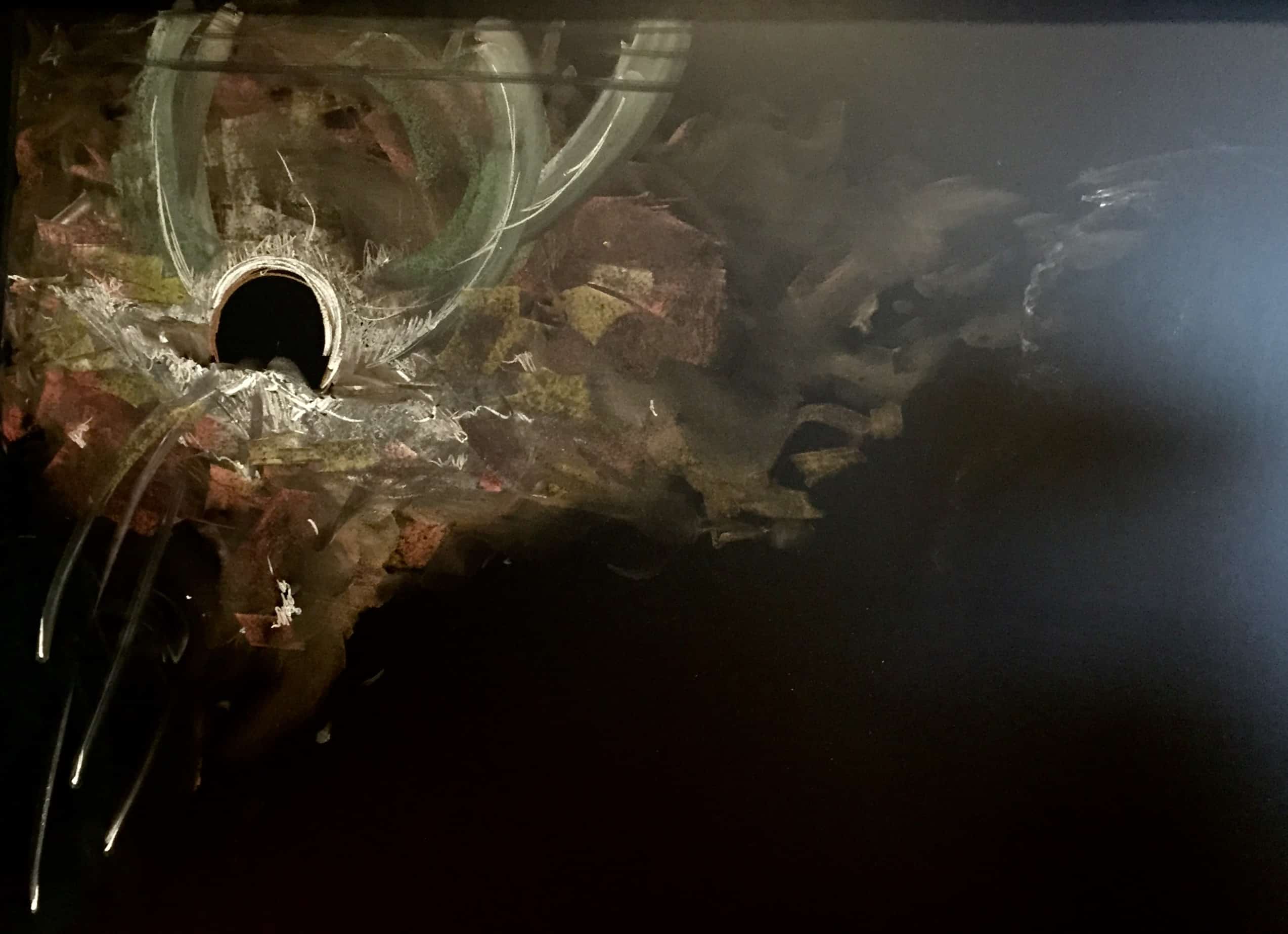
By Louise Mayor in Waterloo, Canada
According to Avery Broderick, a physicist at the University of Waterloo and the Perimeter Institute for Theoretical Physics (PI) in Canada, the iconic picture of a black hole from the film Interstellar “really only presages astronomical reality by about a year”. That’s because, as Broderick explains, “as soon as next spring the Event Horizon Telescope is gonna produce images of the black hole at the centre of the Milky Way”.
Broderick was speaking at the Convergence conference at PI, which my colleague Hamish Johnston and I have been reporting on this week.
What I didn’t appreciate until I spoke to Broderick is that the Event Horizon Telescope (EHT) already exists. It is a very-long-baseline array of radio telescopes, currently with two in the US and a few in Hawaii, which kind of count as one as they are so close together. This three-station array – known collectively as the EHT – has been doing millimetre-wavelength very-long-baseline interferometry for the past nine years. What it can’t do yet, however, is make images.
However, the EHT is about to see a dramatic increase in its number. Set to join the array soon are the Atacama Large Millimeter/submillimeter Array (ALMA) in Chile, the South Pole Telescope and the Large Millimeter Telescope (LMT) in Mexico. Plus, Broderick tells me there will be two more in Europe – making eight sites in total, spread across the globe. This increase in the length of the “baseline” – the distance between pairs of telescopes – is what will finally enable the EHT to image.
In his talk at Convergence, Broderick ended by showing the iconic Pale Blue Dot image of the Earth. He explained that this was the first time we saw the world as a single pixel, which reminded us we’re all in this together. “I’d like to think that as soon as we have an image like this,” he says, “this will be the beginning of the 21st century’s version of the Pale Blue Dot.”
So what will be achieved with the EHT other than capturing the first image of a black hole? “It’s going to herald the beginning of the era of empirical strong-gravity research,” says Broderick, “because not only is the EHT developing at this time, but we heard yesterday about the ability of gravitational wave observatories to unlock the dark side of the universe, and together I think we’re going to learn a great deal about gravity that we never knew before.”



